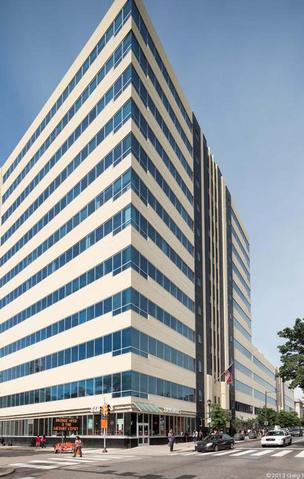When reviewing my list of top real estate stories from 2012
and comparing it to what I have compiled for this year, I'm struck by how
vastly different 2013 has been.
The economy gained momentum this year, the future got
somewhat more confident and it’s reflected in the commercial real estate
activity that took place throughout the region.
This year, I am taking a look at what I think are the
biggest stories in real estate, which are more thematic in nature. I'm also
writing about the biggest surprises and the biggest deals in two other blogs
(stay tuned.) As always, please let me know what you think and if I overlooked
something of significance.
Here are my picks for the top stories:
Construction activity is booming. From King of Prussia, Pa.,
to Philadelphia to South Jersey, construction is booming. A week doesn’t goes
by when there isn’t either a ground breaking, topping off, ribbon cutting or an
announcement about a new building. It’s not just government money at work, such
as with the Family Court building, but across the board including private and
institutional investment.
Multifamily sector is healthy. The apartment market in
Center City and even in the suburbs is robust. There’s construction of new
apartments and conversion of old buildings as well as investors buying and
selling multifamily properties. I’ve started to see some concessions being
offered, which leads me to believe too much inventory is coming on the market
but they haven’t been rampant.
Office investment sales in the suburbs and Central Business
District are coming back — as shown by closed deals such as 1500 Spring Garden
St. and 2000 Market St. and pending deals such as 1000 Continental in King of
Prussia.
The tax increment financing package for the proposed W
Hotel. It highlighted, again, the issue of how public funds are used to
financially support construction projects in Philadelphia. Any developer will
tell you the cost of construction, particularly labor costs, can’t be supported
without a TIF, tax abatement or a Keystone Opportunity Zone. These tax breaks
essentially subsidize Philadelphia’s expensive construction labor.
Liberty Property Trust undertaking a massive redevelopment
of several of its office buildings in the Great Valley Corporate Center. While
it’s a considerable financial investment, it’s also an example of how an office
campus needs to evolve to stay relevant as work and commuting habits change.
Other landlords have also repositioned their properties for the future as seen
at Commerce Square and I expect that to continue.
The collapse of the Salvation Army at 22nd and Market
streets. The unfortunate tragedy spotlighted demolition practices in the city,
prompted an overhaul of how demolitions get done and recast a light on the
city’s Licenses & Inspections department.
Source: Philadelphia
Business Journal

No comments:
Post a Comment